 |
|

|
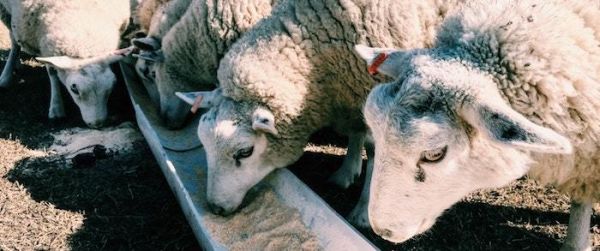 |
 |
August Large Animal News |
August 2018 |
 |
|
 |
OVH Feed Analysis & Livestock Nutritional Management decisions Seminar
When: Tuesday 28th August, 6pm
Where: OVH reception room, 57 Molong Rd, Orange
We are hosting this evening to present & discuss results of feed analysis testing (hay, grain, cottonseed, silage) and nutritional management of our livestock in the current very dry and challenging winter conditions.
We welcome not only clients who have submitted feed samples but any of our livestock producers who wish to attend - there will be an open question time at the end of presentations by Brett Littler, Senior LLS Officer, Lucienne Downs, District Vet, Megan Wright and Nikki Burns, OVH vets.
All OVH vets will be available to assist and help work through options and answer your questions.
RSVP's are required - we need to make sure we have enough chairs! Light refreshments supplied.
Please email orangevet@orangevet.com.au or call us 63618388 to register your interest.
|
 |
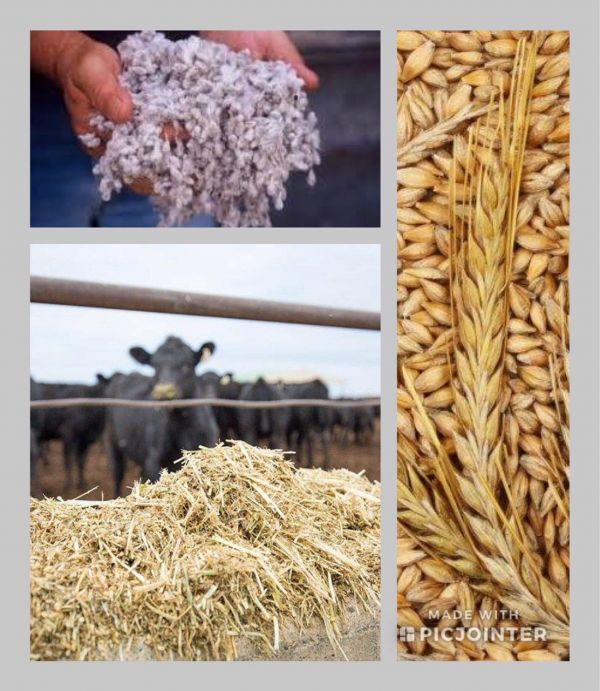
|
 |
 |
|
|
|
 |
 |
01 Equine Dental Special - a preventative health focus |
 |
 |
|
 |
Winter….it’s cold and dark early outside! Most days you probably don’t get to ride as it is dark by the time you finish work, get home and saddled up.
This quieter time of the year for riding is a perfect opportunity to get your horse’s preventative health care in check – by the time Spring comes around, your horses and ponies will be all ready to go!
Option 1: Platinum Horse Health Package – NEW!
- Includes full horse health blood profile, physical examination, routine dentistry with sedation, tetanus/strangles booster, worming, faecal worm egg floatation and horse health summary report. August special $400 single, $360 two or more horses, normally $490
Option 2: Gold Horse Health Package
- Includes physical examination, routine dentistry with sedation, tetanus/strangles booster, worming, faecal worm egg floatation and horse health summary report. $250 single, $225 two or more horses, normally $305
Option 3: Silver Horse Health Package
- Includes physical examination, routine dentistry with sedation, faecal worm egg floatation. $165 single, $150 two or more horses, normally $225.
Take advantage of our winter preventative horse health specials!! Call 63618388 to book.
*Special rates only available for payment on the day of service.
Check out our video with vet Megan showing what happens when your horse has a dental!
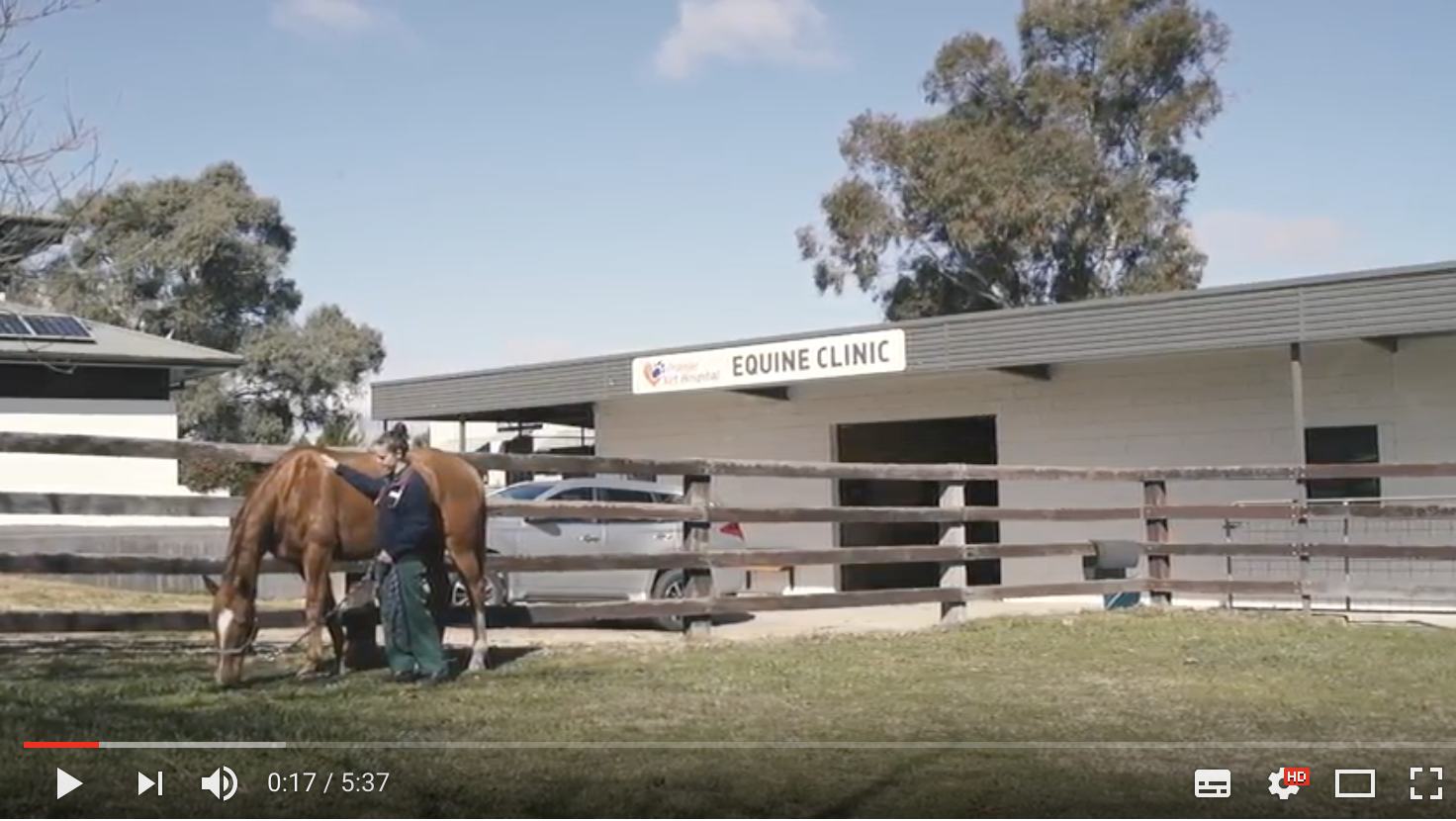
|
 |
 |
|
 |
 |
02 An essential tool for drought feeding |
 |
 |
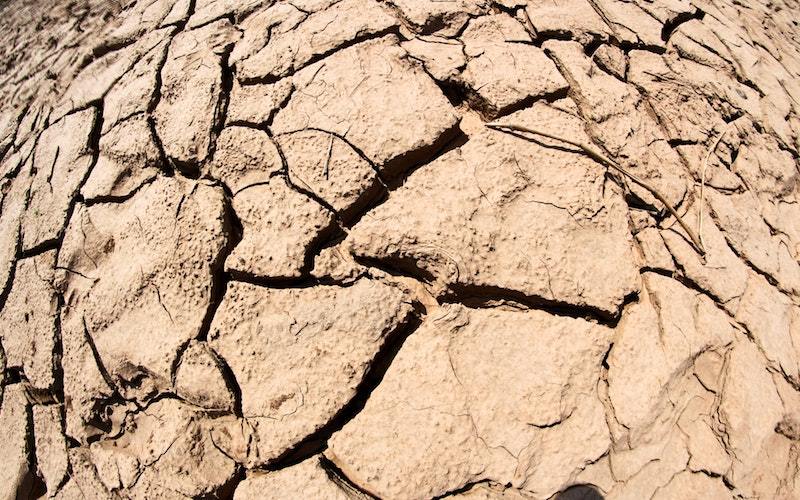
The Drought Feed Calculator is an essential tool for sheep and cattle producers dealing with drought and dry seasons. It enables busy farmers to make informed decisions and save money. Farmers in any location can easily and quickly determine the minimum feed requirement for a range of animals with different nutritional needs.
The app calculates:
1. The amount of feed per head
2. The cost per head
3. The cost for a period
4. The amount for a mob/herd
5. The total cost for a mob/herd
Farmers can easily assess the value of different feeds by simply comparing these results for three feeds as well as mixed ration. There are 71 different feeds to select from, each with their own estimated average energy, protein and dry matter values. Values can be easily over written when feed test results are available. There are a number of warnings built in to help guide the busy producer when developing a ration.
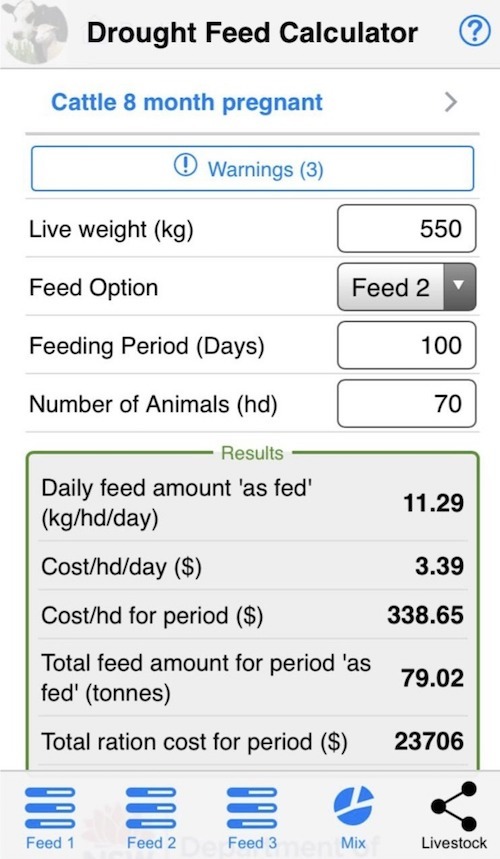
"The Drought Feed Calculator reinforced the importance of quantifying the value of different feeds," says farmer David Kingston from The Rock, NSW. "Using the App, I calculated a saving of $3390 by purchasing oats at $230 per tonne compared to pasture hay at $180 per tonne - even though the hay was $50 per tonne cheaper! I only had to feed 610 grams of oats compared with 970 grams feeding the hay. This added up when feeding 1000 animals for a bit over 3 months."
To download the app, search “drought feed calculator” in the app store.
|
 |
 |
|
 |
 |
03 Feeding horses during dry times |
 |
 |
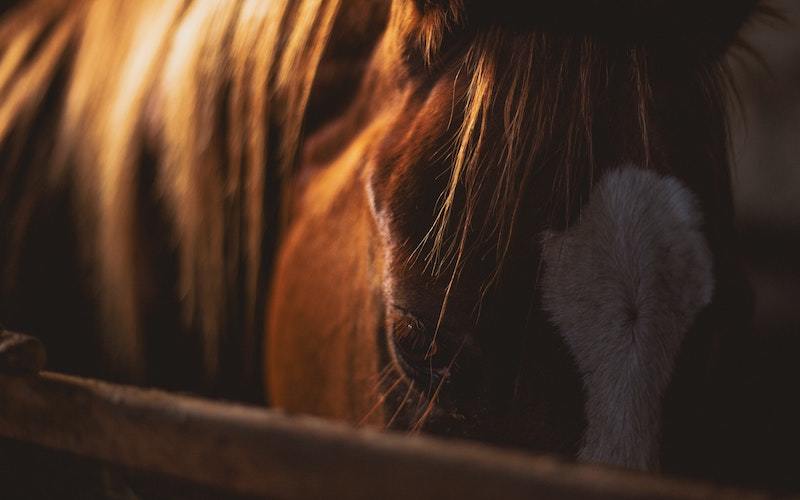
Given current drought conditions across NSW and QLD, here are a few tips on feeding horses during dry times.
The two main factors to consider are water and roughage. Horses will consume around 25-30 litres of water each day, more if a horse is in work or is pregnant and lactating. Horses on a predominantly dry roughage diet will usually drink more than horses on lush green feed, which has a significantly higher water content.
Roughages, which include hay and pasture, are the most important component of a horse’s diet, providing essential sources of digestible energy, protein, and some vitamins and minerals. Roughages are high in fibre (>18% fibre), and fibre is required for normal digestive function. Roughage should be fed at 1.5-2% of the horse’s body weight per day.
During droughts horse owners often depend on hay as a roughage source. However drought conditions often result in a lack of availability of hay, a reduction in hay quality, and an increase in the cost of hay. Alternative high fibre feeds that may be utilised to reduce (but not replace) hay requirements include feedstuffs such as chaff, straw, soy hulls and beet pulp.
In addition to roughage, concentrates such as grain can be incorporated to increase the energy content of the diet. This is particularly important for horses with higher nutritional demands such as those in work, pregnant, lactating, or growing.
Take home messages:
+ Ensure horses have free access to good quality water
+ High-fibre roughages should make up the majority of the horse’s diet
+ Aim to feed roughage at 1.5-2% of body weight per day
+ Consider partial substitution of hay with alternative high fibre feeds
+ Add in concentrates to increase dietary energy
+ Make dietary changes gradually over 1-2 weeks
+ Monitor body condition on a weekly basis
|
 |
 |
|
 |
 |
04 Early weaning - an essential drought strategy |
 |
 |
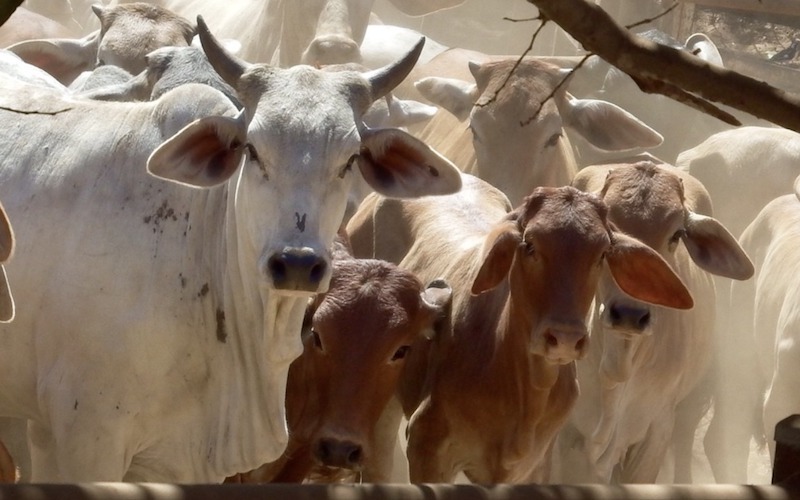
+ Get an instant 40% saving on your feed bill!
+ Reduce stress on cows and get them cycling faster
+ Improve weight gain in calves
Given the seasonal conditions, graziers are faced with 3 options:
1. Feed very large amounts of fodder to keep cows and calves going
2. Early wean and sell bobby calves
3. Early wean and feed calves separately to the cows.
The process of milk production is energy intense. It takes ~5.5 megajoules of energy to create a litre of milk, and each litre of milk contains around 3 megajoules of energy. This equates to a 40-45% loss in energy in the process.
An essential strategy for drought feeding is early weaning. You almost double your feed reserves when you are not feeding animals to create milk, but rather feeding directly to the young stock, high energy density feed.
Normally, weaning occurs at 5-8 months on farm. Early weaning is achieved with the use of supplements to increase the energy density and availability. Very early weaning (below ~6 weeks) will require the use of milk powder. However, after this age, calves will wean well onto high energy dense, high protein supplements.
Please speak with us to discuss the process and feeding requirements of different classes of stock.
|
 |
 |
|
 |
 |
05 The importance of drenching in drought conditions |
 |
 |
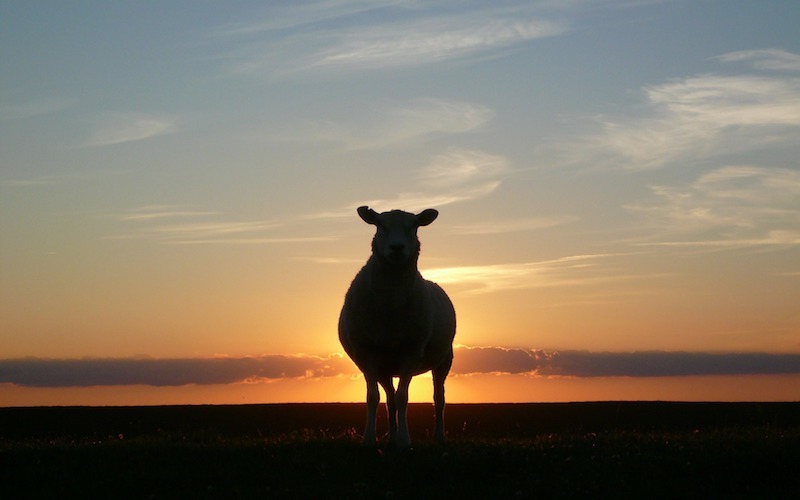
Drought conditions decimate worm larvae that live on the ground. The eggs and larvae struggle to live in persistent dry, exposed conditions. Therefore, the only place for them is in ‘refugia’. That is in the gastro-intestinal tract of animals. The photo below depicts the relative proportion of the worm population which live on pasture vs. within the sheep in different environmental conditions.
On green pasture, which is ideal for larvae survival, a substantial proportion of the population of worms live in the pasture. In drought conditions, these stages die as the biomass on the ground disappears. Now, all that remains is the ‘refugia’. When you buy sheep in, you will also be buying their refugia, which may contain drench resistant worms. If we subject these to ineffective drenches, our refugia will become largely resistant worms. When conditions improve, resistant worms carried in the stock will be the ones which re-contaminate the pasture. Leading to a rapid rise in resistant worms on your property.

See the following article on quarantine drenching for a step-by-step process.
|
 |
 |
|
 |
 |
06 Quarantine drenching sheep - keeping resistance out |
 |
 |
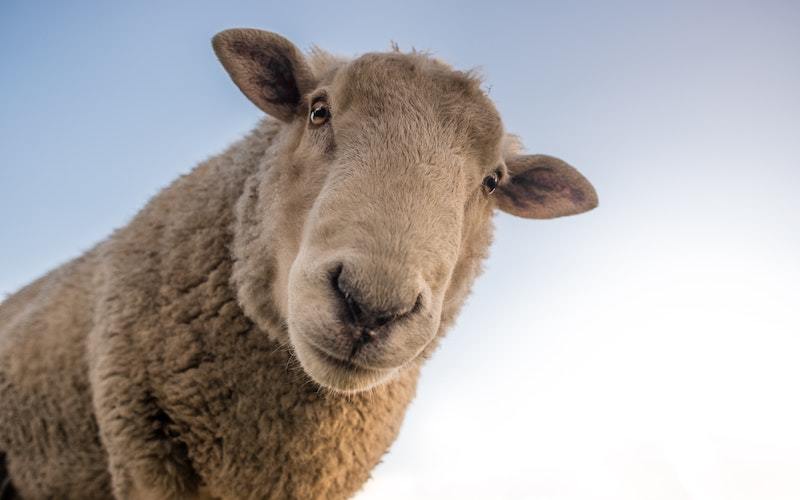
There’s 2 ways to get resistant worms on your farm - buy them or breed them. Quarantine drenching aims to keep the resistant ones off your farm when you bring sheep onto your farm. The aim is to use a combination of the strongest products we have, likely to achieve the highest kill possible.
The quarantine drench process should be undertaken as follows:
1. Upon arrival, hold sheep in a quarantine paddock with access to hay and water. The quarantine paddock should be free of sheep, goats and alpacas for at least three months in summer or six months in cooler months.
2. Drench all sheep with a combination of drenches that have no known resisitence in your local area.
- a. This generally involves using a triple active drench with or without the addition of a more specific drench
- b. Don’t mix the drenches, rather go up the race with 1 product, and then follow that up with another.
3. Hold all sheep in the quarantine yard for 3 days before turning out to a pasture which is likely be contaminated with worm larvae from other grazing sheep. This dilutes out the population of resistant worms on the property.
4. WormTest the sheep newly introduced onto your farm 10-14d post treatment to be sure the treatment was successful.
|
 |
 |
|
 |
 |
07 The 1:2:3 rule of foaling |
 |
 |
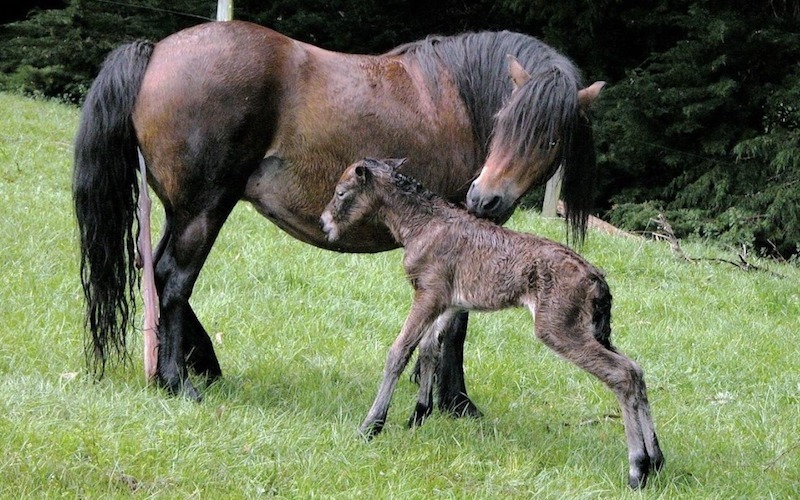
Foaling time can be fraught with danger for both mare and foal. The highest rate of neonatal deaths occurs in the first few days following birth, so it is a critical period. Preparation is key, as is being on the front foot for rapid problem recognition and intervention in those first 12-24 hours.
After foaling, both mare and foal should be assessed by a veterinarian. A post-foaling check involves assessment of the mare for any trauma or tears, bleeding, uterine infection, and udder health. The foal should be assessed for vitality, umbilical health, the presence of any hernias, congenital conditions or limb deformities. The foal’s blood IgG levels should be tested to determine whether colostrum quality and intake has been adequate. Foals with low IgG levels at 12-24 hours of age are more susceptible to infection, and should receive an IV plasma transfusion using commercially available frozen plasma rich in immunoglobulins.
The 1:2:3 rule
1. Within 1 hour, the foal should stand
2. Within 2 hours, the foal should suckle
3. Within 3 hours, the mare’s placenta should be passed
If any part of the 1:2:3 rule is not satisfied, you should contact your vet immediately.
|
 |
 |
|
|
